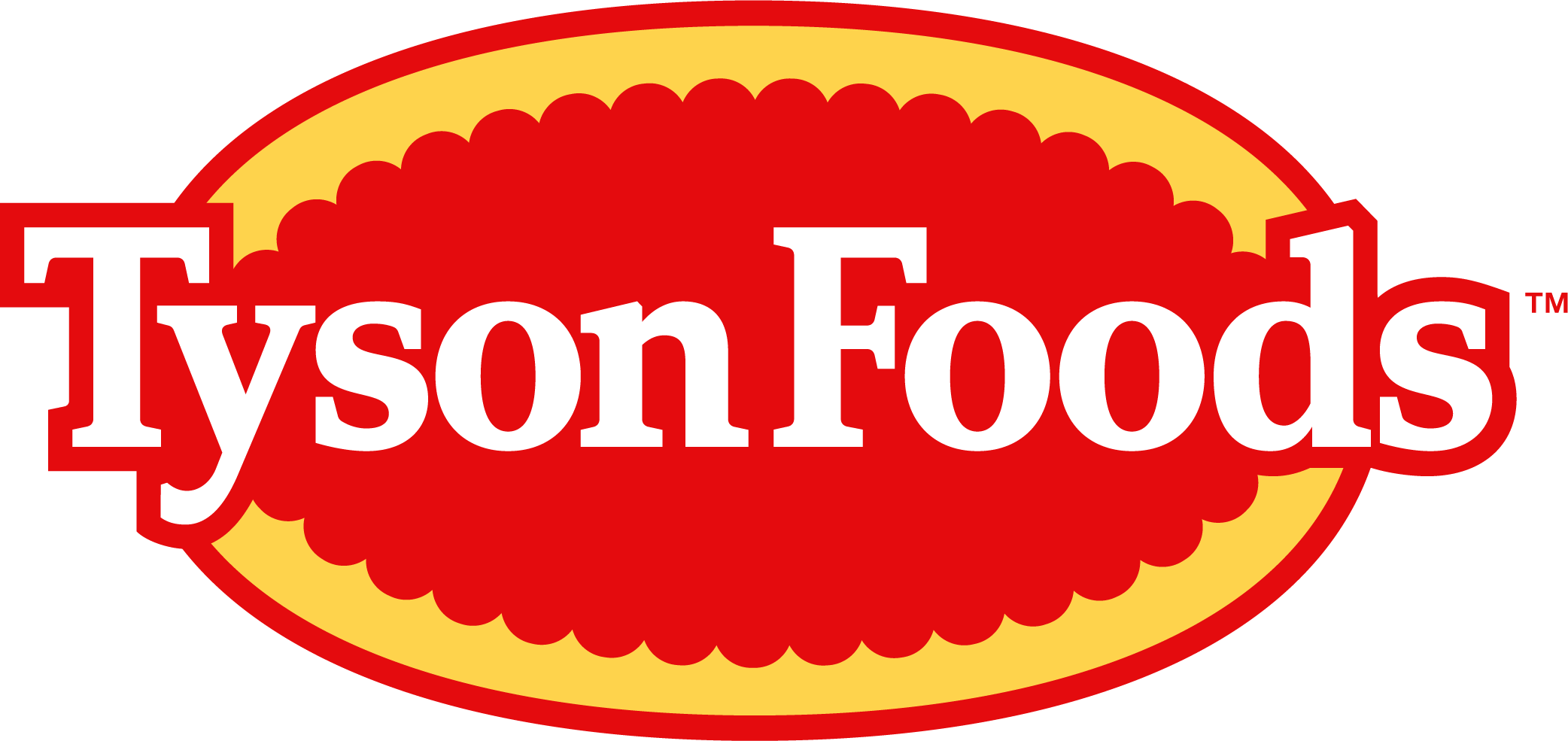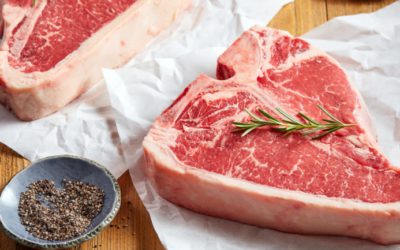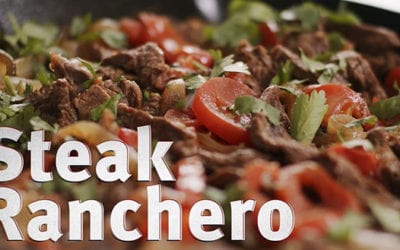Off Premise Takes Flight
Reading Time:
Essential Ingredients for Restaurant Survival
By Plate on behalf of Tyson Fresh Meats
While these programs offer undeniably beneficial boosts to cash flow, the National Restaurant Association’s May tracking survey indicates restaurateurs expect sales, employment, and capital spending levels to remain dampened through the end of the year. As such, new programs need to be implemented in a manner that will resonate consistently with patrons over time, offset growing numbers of competitors, and be sustainable. Restaurateurs also need to anticipate potential weaknesses along the supply chain, working with vendors that can help with reliable delivery of beef, pork, and other essential ingredients.
Bringing the Restaurant Experience Home
Along with the obvious convenience, consumers are looking for ways to enjoy restaurant-quality foods at home. As such, they’re requesting takeout and meal-delivery services from their favorite cafés, bistros, and fine-dining establishments.

As co-owner of A Sharper Palate and The Westover in Richmond, Va., Chef Tuffy Stone says, “We know that fried foods get soggy over time and some foods can be easily overcooked when reheated. As such, we’re putting an incredible amount of study into our takeout menus, adjusting ingredients so that the meals we deliver are received with the same enthusiasm as those served in-house.”
He continues, “When it comes to steaks and chops, meats with higher internal fat content such as pork belly and brisket hold up better in takeout dishes. We’re also leaning toward sliced flank steak and beef tenderloin that work particularly well at room temperature in salads and other cold dishes.”

Packaging Matters
Apart from ingredients, the style and structure of packaging is vitally important as well. For both curbside pickup and home delivery, there are new materials, structural configurations, and technologies that help maintain the temperature, appearance, and integrity of prepared dishes, keeping cold items adequately chilled and hot items suitably warm. With the popularity of meal kits, the way in which multiple dishes are packaged and transported requires careful consideration as well.

Taking the Leap
Exploring alternatives in food retailing makes sense. Before you start, these are a few key issues to consider.
Evaluate Your Menu
Not all dishes are suitable for off-premise consumption. Work out which menu items are consistent with your culinary reputation and can be effectively reconfigured. Test these items with staff, friends, and family, then obtain feedback related to portability, food integrity, and overall satisfaction.
Confirm Demand
Avoid risky investments by quantifying your competitors and qualifying your offer. Make sure demand exceeds existing supply.
Budget Wisely
Decide whether the expansion of service will be a short-term solution or a long-term addition, and then confirm the financial commitment you’re willing to make.
Division of Labor
Packaged meals require special training and staff dedicated to fulfilling orders. Assign responsibilities to ensure consistent and accurate handling, packaging, and delivery.
Packaging Decisions
Plan out the structure and needs of your to-go menu options and determine which packaging solutions make the most sense. Diagram the location of menu items in the packaging to make it replicable and easy for staff to follow.
Technology Rules
Off-premise sales are conducted through websites, mobile applications, and integrated POS systems. Employ technologies that align with BOH, FOH, and consumer needs and are user-friendly.
Communicate Clearly
Make sure your patrons are aware of newly installed takeout and delivery programs. Exterior and interior signage, coupled with carefully coordinated messages on your website and social media channels, will get the word out.
Licensing Matters
Make sure you have all the necessary certificates, permits, and licenses for off-premise sales. While exemptions may be available in the short-term, you’ll want to be prepared for the long-term and avoid penalties.









